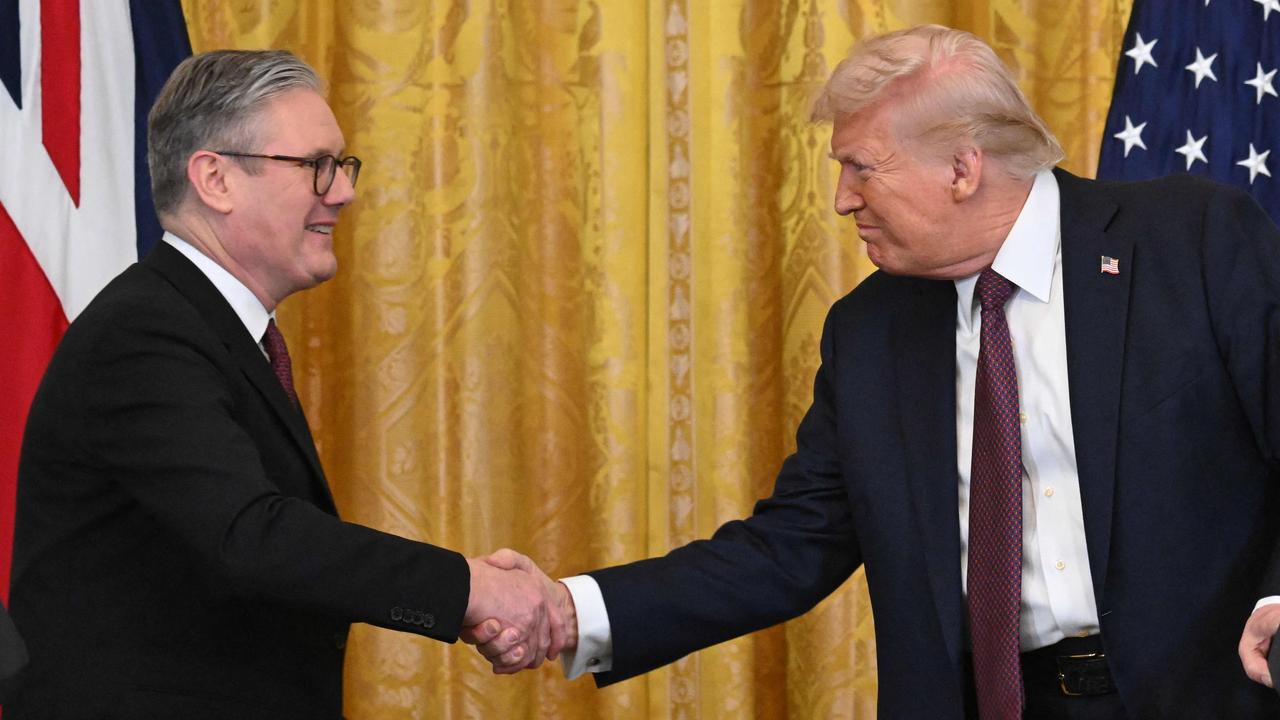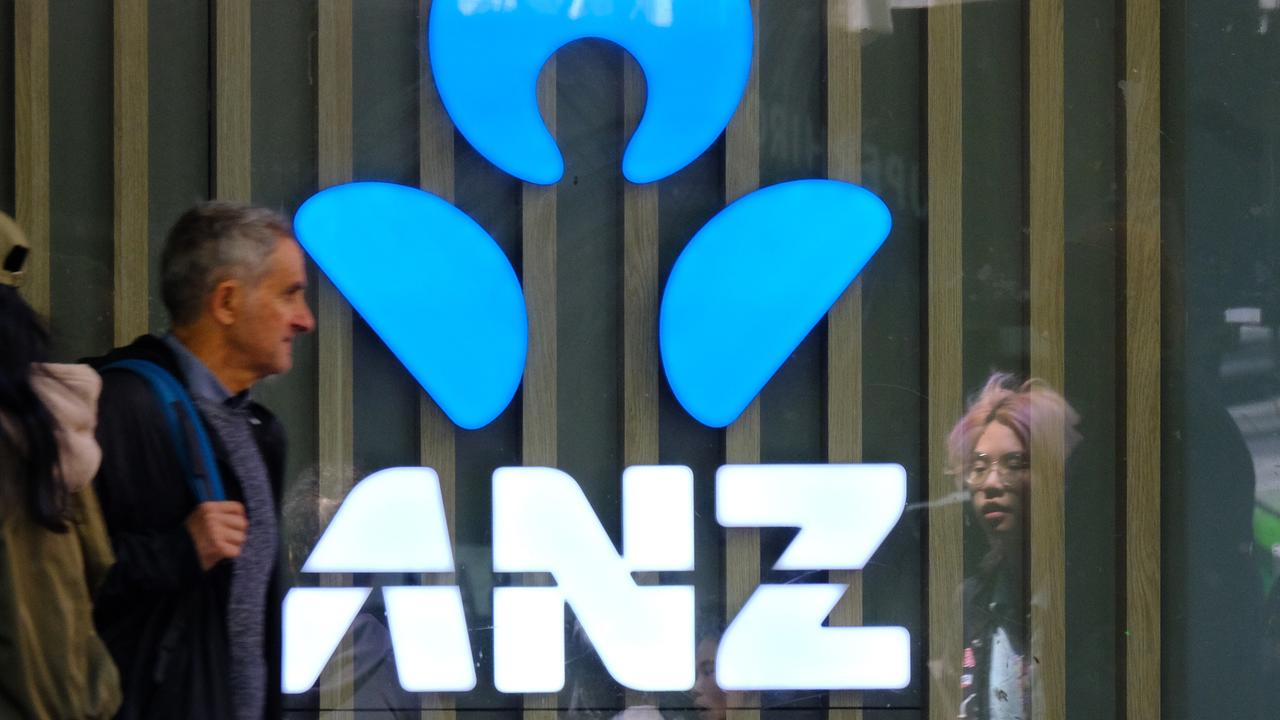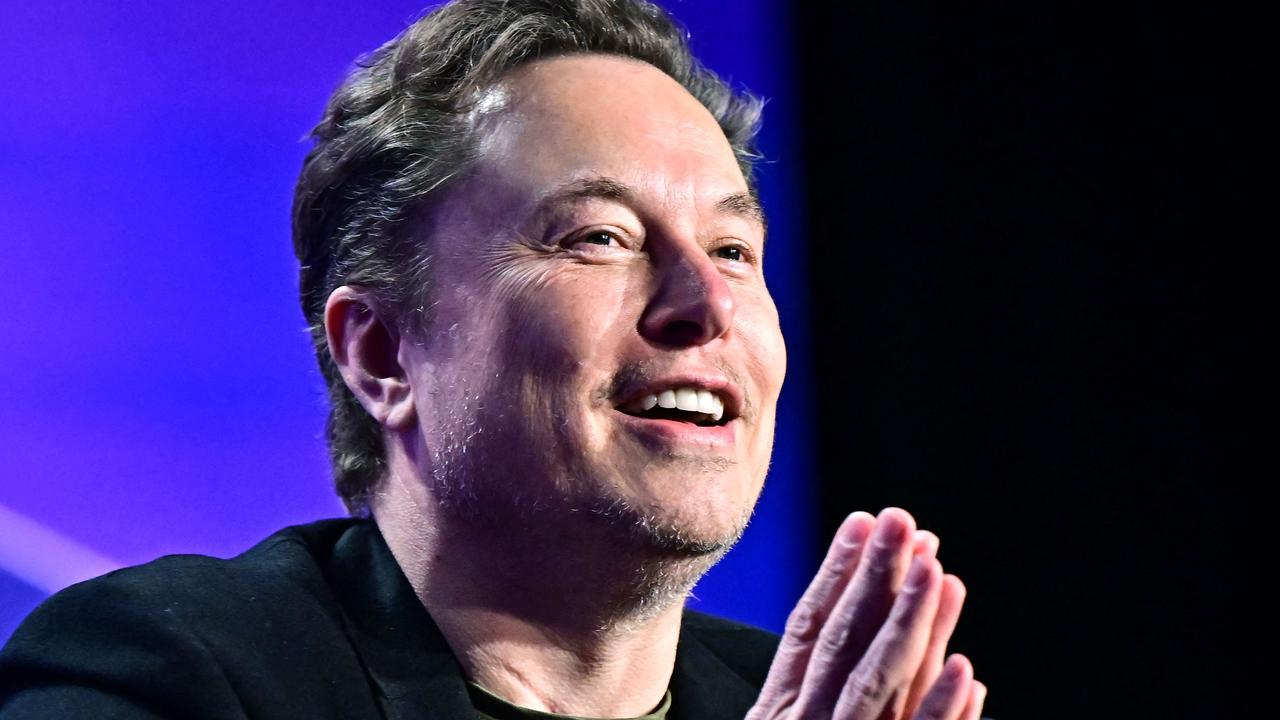How our major cities will look in 2027
AMBITIOUS multibillion-dollar roads, building projects, high-speed rail and metro networks — this is Australia’s hi-tech future.
AUSTRALIAN cities are getting ready to explode into the future, with road, rail, metro and business and leisure hubs springing up at record speed.
Ambitious, multibillion-dollar projects are under way in the hope of turning Sydney, Brisbane, Melbourne, Perth and Adelaide into global cities that offer the best in travel, work and entertainment.
If all goes to plan, by 2027 Australia should be filled with thriving urban centres popular with tourists and residents alike, with fast transport links between work and home and myriad options for sport, culture, drinking and dining.
The Federal Government has committed $50 billion to infrastructure investment between 2013-14 and 2019-20. In this time, our population is expected to grow to more than 30 million, with three-quarters of that growth of taking place in Sydney, Melbourne, Brisbane and Perth.
It means our cities urgently need to adapt to compete on the international stage alongside world centres such as New York, Singapore, London and Paris.
Here’s how our “alpha cities” are likely to look.
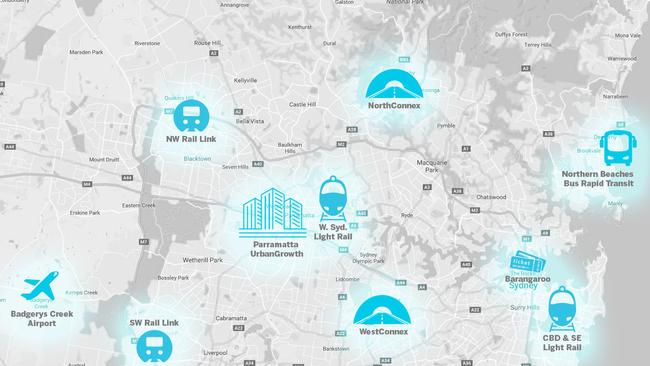
SYDNEY AND NEW SOUTH WALES
The Harbour City is bursting at the seams with construction projects, particularly in western Sydney, where $35 billion of major infrastructure is planned.
In the east, work has already started on the light rail and the chic Barangaroo precinct that will be home to James Packer’s glittering Crown casino, despite objections to the felling of ancient trees and controversy over casino lockout exemptions.
“Sydney has a mega project schedule,” Better Infrastructure Initiative director Garry Bowditch told news.com.au. “The plethora of projected infrastructure is extraordinary. The challenge for NSW is delivering them and ensuring they embed themselves well in the transport system.
“Anything that improves mobility between east and west is only a good thing, the ‘30-minute city’ aspiration is exactly the right vision.”
Badgerys Creek will be the first international airport built in Australia in more than 50 years, and will come with new road and rail access and a slicker urban centre in Parramatta, which it’s hoped will help tackle persistent disadvantage in the city’s west.
The $16.8 billion WestConnex motorway will link western Sydney to the airport and Port Botany, with the $8.3 billion North West Rail Link and South West Rail Link speeding up CBD access incorporating underground sections.
The 33km Westconnex has sparked protests from the community too, with the state government having to carefully consider pollution, congestion and parkland, with hundreds of trees being cut down at Sydney Park.
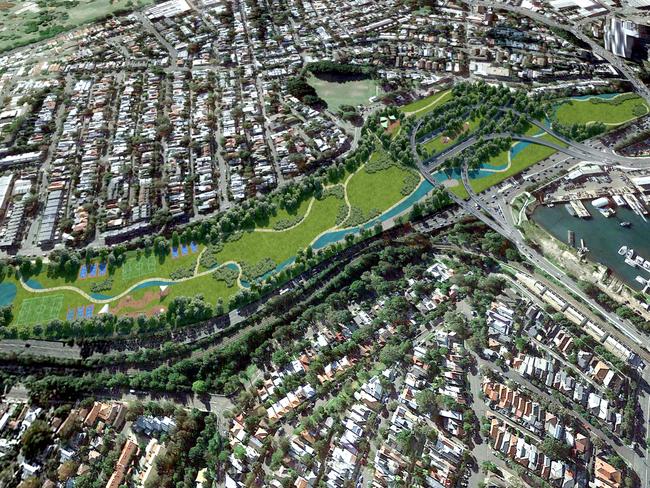
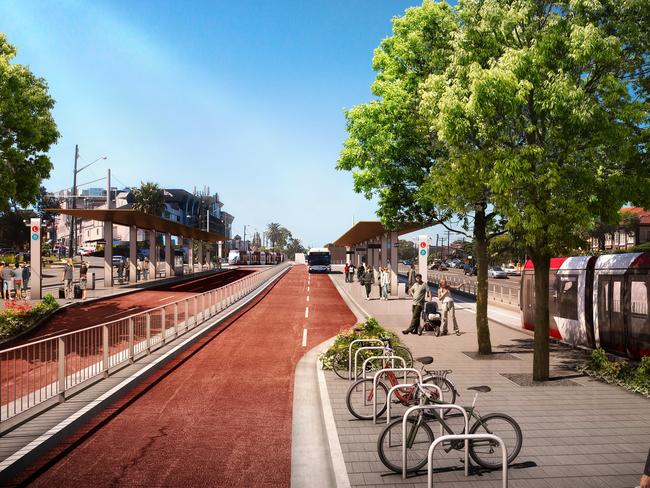
Rail and tunnel are the most expensive solutions, but most effective with space at a premium and a likely boost to the economy. Despite the country’s remoteness, urbanised cities like Sydney are “running out of land”, says Mr Bowditch, because of national parks, hills and the coastline running down one side of the “270-degree city”.
The days of simply growing outwards are over. Sydney has a density of 390 people per square kilometre, compared with Vancouver at 802 per sq/km, London at 5510 per sq/km and Singapore at 7690. We can wave goodbye to single-storey detached homes, but the city is unlikely to become an ocean of high-rises, with more low-rise apartment blocks the likely solution.
“We need to crack the Akubra hat of densification,” said Mr Bowditch. “We need a unique response with access to fresh air, blue sky and proper amenities, including parks.
“The community is rightly hesitant, there’s a lack of track record of where it’s done well.
“There’s some work ahead. We’re still very suburban. Until we start to crack the densification issue in the language of the people, we will struggle to make great world centres.”
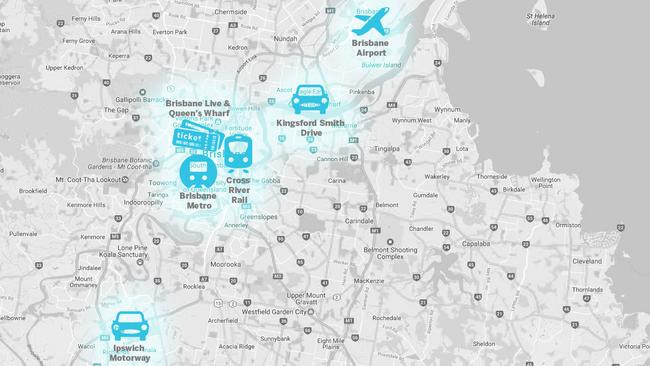
BRISBANE AND QUEENSLAND
Booming Brisbane has seen a host of building projects in the past few years as it makes the shift from resources to a more diversified, knowledge-based economy.
The $5.5 billion Cross River Rail running under the CBD is the state’s headline initiative, with Premier Annastacia Palaszczuk declaring it “ready to go”. But the Federal Government has warned the plans still need more work to integrate with the city’s existing transport, after more than a decade of debate.
If Queensland can get it right, the futuristic underground link could reduce congestion in the CBD, improve public transport services and see urban renewal and attractive amenities flood the city.
Another underground project, the driverless $1.54 billion Brisbane Metro, could likewise speed up commutes, while Ipswich Motorway in the city’s west and the M1 between the Gold and Sunshine coasts are aimed at reducing congestion, making the affordable city increasingly attractive for businesses and professionals.

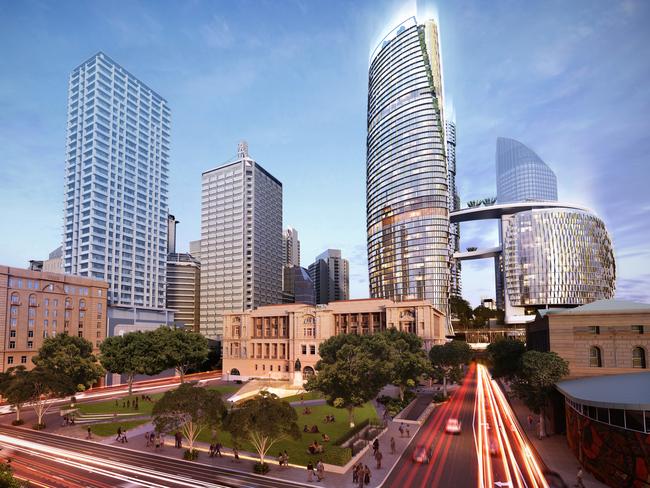
More workers brings more culture and entertainment. Star Entertainment’s $3 billion Queen’s Wharf resort development will blend heritage buildings, contemporary architecture, shopping, casino and attractive spaces for locals and visitors to create an “oasis” on the river’s edge. The $2 billion Brisbane Live arena, based on LA Live in California, will transform the city’s entertainment scene with restaurants, bars and a 17,000-seat stadium.
Regional cities and other parts of Queensland are also developing at speed, with key projects including the $95 million Gold Coast Light Rail and $1.137 billion, 41-kilometre road, the Toowoomba Second Range Crossing.
“We’re seeing light rail solutions in other areas and I think we’ll see more buses, particularly in outer metropolitan areas,” said Infrastructure Australia chief executive Philip Davies. “There’ll be more focus on these in the next few years, improved connectivity to regional towns as well.”
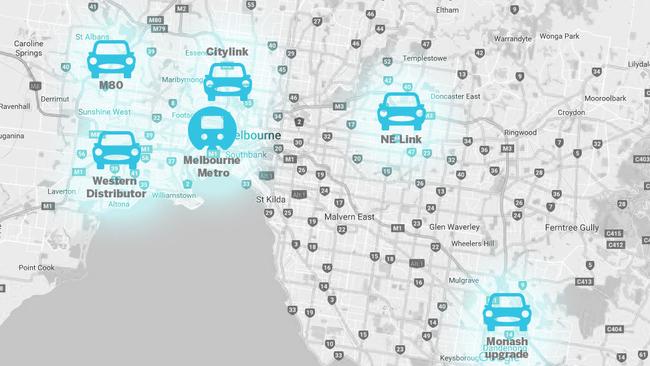
MELBOURNE AND VICTORIA
Consistently rated one of the world’s most liveable cities, Melbourne is set to build on its reputation and surpass Sydney in population size.
Melbourne Metro Rail is Victoria’s biggest ever project at an estimated $10.9 billion, with two nine-kilometre rail tunnels set to run under the city between Kensington and South Yarra. It’s expected to benefit the economy, closely integrate with existing rail lines and make the ultimate goal of timetable-free, “turn up and go” train and bus services based on London a reality.
Mr Davies says our transport system is the “least mature” of Australia’s services, and it needs to catch up with our energy and telecommunications to blast the country into a fast-moving future.
The M80 Western Ring Road upgrade, CityLink to the north and south of the CBD and improvements at Monash are intended to make road travel a breeze, complemented with rail lines in the southeast.
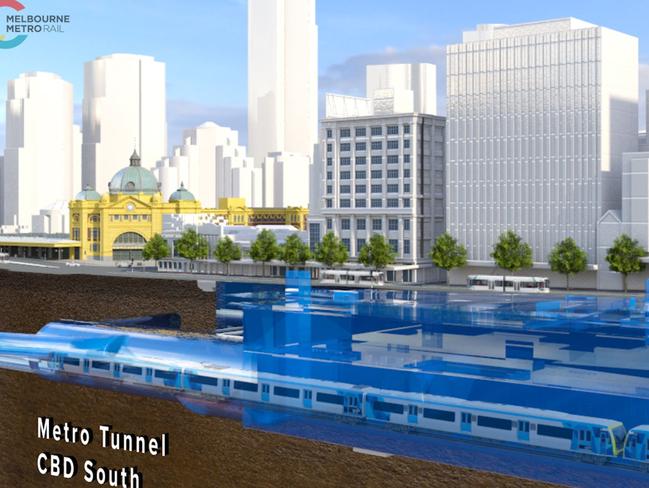
Outside the capital, the $440 million Murray Basin Rail Project will streamline the export of the region’s famous fruit, vegetables, grain and wine, meaning higher quality, more affordable food and drink.
“Melbourne hasn’t had the benefit of a beautiful harbour and it’s had to try harder in terms of ensuring the city is a great city,” said Mr Davies. He said Sydney could learn from Melbourne’s example of densification done right, with the city boasting enviable arts and sports precincts and a strong cultural reputation, with only congestion and long commutes threatening its international reputation.
Travel between the two rival cities could also become far easier thanks to the longer-term, much trumpeted plan for a 1700km, $894 million Inland Rail from Melbourne to Brisbane via inland NSW. Mr Bowditch is less enthusiastic about “grandiose, intercity” transport plans, however, saying our cities need to become functional first.
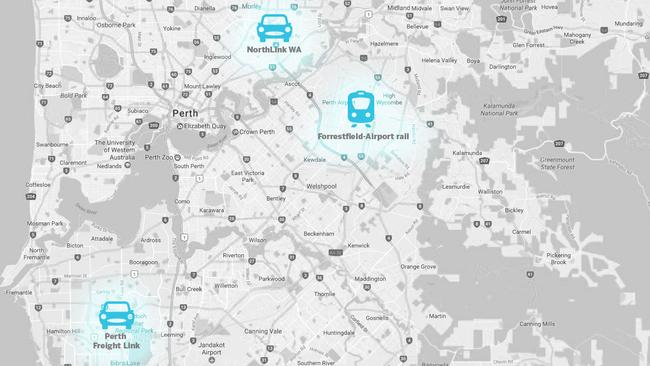
PERTH AND WESTERN AUSTRALIA
It may be one of the remotest cities in the world, but Perth is punching above its weight and on track to reach a population of 3.5 million, outstripping Brisbane.
The $1.12 billion NorthLink WA section of the Perth-Darwin National Highway will connect Kewdale, Perth Airport and the CBD via four lanes in each direction on the Tonkin Highway.
This will reduce pressure on the Great Northern Highway, the overused link between the capital and the state’s north, and take the majority of heavy vehicles, lifting the experience of the magnificent Swan Valley for residents and the 600,000 tourists who visit the area each year.
The project includes new routes for cyclists and pedestrians and an underpass for schoolchildren, so the affluent, car-loving city can see seamless journeys using a range of different transportation.
The $1.6 billion Perth Freight Link — the largest road infrastructure project ever untaken in WA — will remove up to 500 trucks each day from the Leach Highway and create a smooth trip through to bohemian Fremantle Harbour.
The $490 million Perth Airport Forrestfield rail line, which will be completed in 2020, will feature two seven kilometre tunnels under the Swan River and Tonkin Highway and connect the city’s eastern suburbs to its suburban rail network.
Mr Davies cites Main Roads WA as a model example of transport networks collecting data and providing hi-tech solutions, featuring 3D fly-throughs of new projects, retro photos of the city and video of a new incident response service keeping the city running like clockwork.
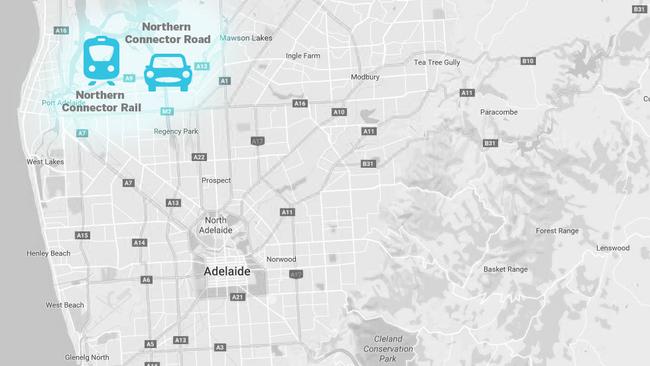
ADELAIDE AND SOUTH AUSTRALIA
Adelaide has come in for criticism for lacking entertainment and dining options, fast transport links and a well thought-out design. This is the city’s moment to embrace its future, in line with Malcolm Turnbull’s Smart Cities plan, which aims to get Australia to “rethink the way our cities are planned, built and managed”.
The $985 million, 15-kilometre Northern Connector motorway will be South Australia’s first major road built from concrete rather than asphalt, in the American style, and surfaced with a “low-noise diamond grooving finish”. This will cost an extra $300,000 but will last for 20-30 years rather than 8-12 without repair, benefiting the state’s economy.
It will have three lanes in each direction, lanes for cyclists and pedestrians and form a vital part of the 78-kilometre North-South Corridor.
An $85 million train will connect Flinders University Medical Centre to the Adelaide rail network, extending the Tonsley rail line by 650 metres, with a pedestrian and cycle path alongside. It will be completed by the end of 2018. It is intended to benefit both southern commuters and students and visitors to Flinders University and medical precinct.
The city could also become more accessible, with a plan in place to upgrade the Melbourne–Adelaide-Perth rail link.
With all this is place, Adelaide could finally make the most of its attractive, parkland-surrounded CBD, world-class food and wine, festivals and picturesque outback and crowd-free beaches to become the city it should be.
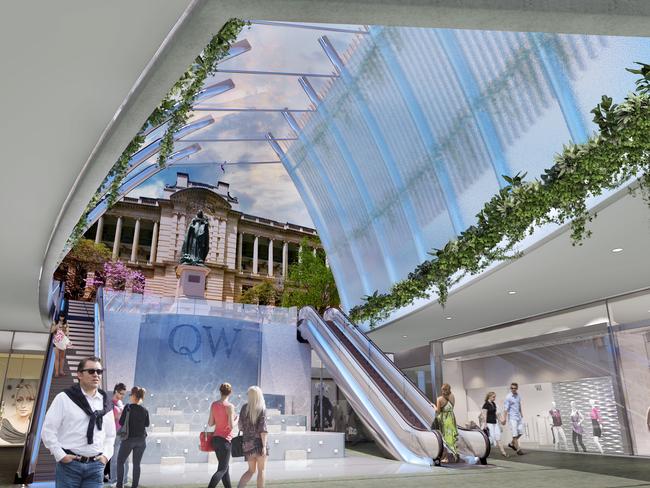
CANBERRA, DARWIN, HOBART, TASMANIA AND BEYOND
Smaller cities and regional parts of Australia will play an increasing role in easing the pressure on our urban centres. With more affordable housing, accessible green spaces, less congestion, and a strong sense of community, we will see more people living in different areas and new challenges presented by both extreme weather and vast distances.
The country’s population is set to grow by 50 per cent, the equivalent of adding a new Canberra every year.
“One of the challenges is affordability of housing, that’s a global challenge,” Mr Bowditch notes. “People aren’t looking to necessarily even buy a car — GoGet is big, you’ve got the development of services like Uber.”
Better public transport is crucial, but the experts stress it is not simply about leaving cars behind but about using technology to make the most of a mix of solutions.
“We need to do a better job of integrating transport systems,” said Mr Davies. “Many roads are congested for long periods of the day, others aren’t, some cities are quite peaky. How do we spread the demographic and use technology to make the transport system more resilient, with better use of apps and data? That’s a work in progress.”
A $783 million Canberra Light Rail is in development, along with improvements to the capital’s CBD to north corridor and public transport system. The University of Tasmania’s STEM facilities will be moved to Hobart CBD to stimulate economic growth and the state is looking at irrigation schemes and improving the Burnie to Hobart freight corridor, while Darwin is looking at water supply infrastructure.
If Australia is to retain status as one of the top 10 OECD countries for livability and quality of life, it will need to adapt. “Australians are great innovators,” said Mr Bowditch.
We need cities that are smarter, robust in the face of new challenges and offer fantastic livability in the face of fierce global competition.
Watch these spaces.

